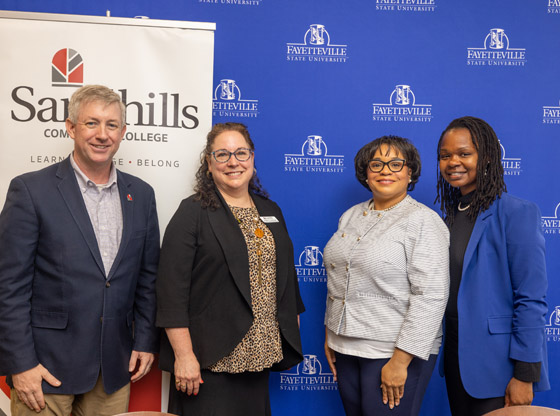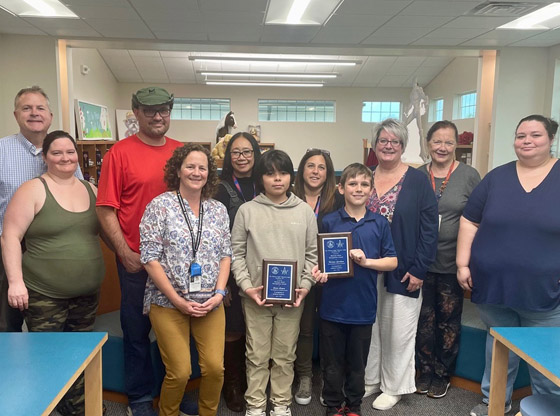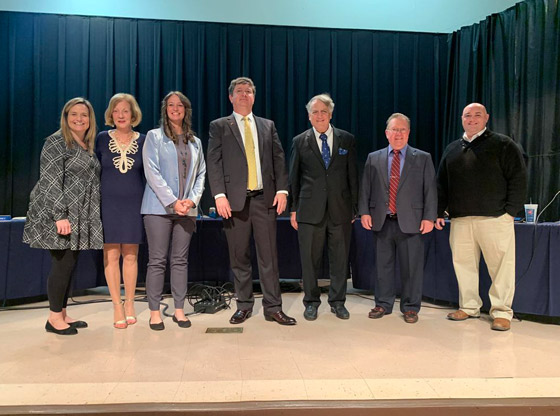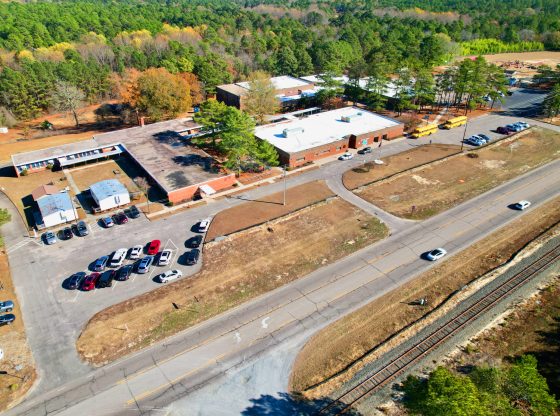North Carolina’s efforts to advance digital-age teaching and learning in the state’s public schools are getting a boost from a new grant initiative aimed at supporting local districts in the development and dissemination of innovative models for digital learning.
Under an initial round of grants approved by the State Board of Education last week, 30 school districts and one charter school will share about $1.38 million targeted to better harness technology for instruction and student learning.
The Digital Learning Initiative grants, most awarded at the maximum of $50,000 each, will be used by districts this school year for planning or showcasing promising approaches to digital teaching and learning. Of the 31 grantees, 21 are designated for planning and 10 for showcase purposes. The grants were selected from a total of 61 applications.
Moore County Schools applied for the grant in October and was awarded $39,978.31 for their project budget of $45,028.21. Moore County Schools serves an estimated 12,500 students.
“We know teachers will always be the most important part of students learning in school, and now technology can help educators personalize learning while reducing burdens,” said Mark Johnson, state superintendent of public instruction. “We were pleased with the quality of the applications we received and look forward to seeing the projects in action.”
In addition to personalized learning, the work of each grantee will focus on supporting the state’s digital learning competencies for educators and other initiatives such as micro-credentialing and digital literacies. Many of the approved grants focus on providing resources for professional development, seen as a critical foundation supporting the adoption of effective approaches to digital learning the state’s schools.
The grant initiative was authorized in 2016 by the General Assembly as part of a collaboration between the State Board of Education and the Friday Institute for Educational Innovation at N.C. State University to advance the state’s Digital Learning Plan. The goal of that plan is to develop a long-term strategy that sets directions and priorities, supports innovation, and provides resources to enable educators and students to benefit fully from digital-age teaching and learning.
Contributed

















